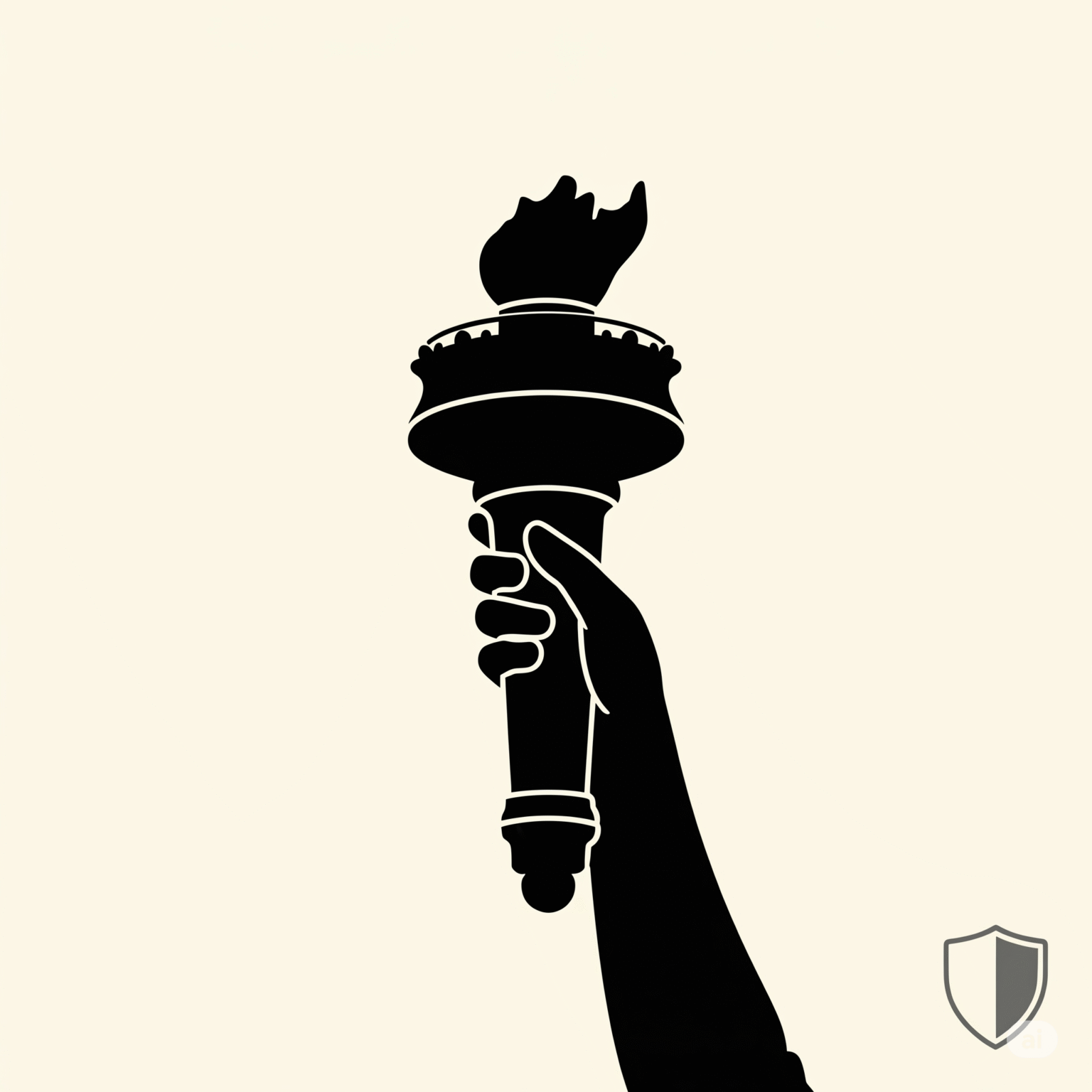Let’s Talk About Dogs in the Empire State
From the bustling streets of NYC to the quiet trails of the Adirondacks, New Yorkers love their dogs. They’re a part of the family, our sidekicks on adventures, and our roommates in cozy apartments. But because life in New York can be so fast-paced and close-quartered, it’s really important to understand the rules if a dog bite ever happens.
New York’s dog bite law is a bit of a hybrid—it’s not as straightforward as some other states. It’s a unique mix of a couple of different rules. But don’t worry, you don’t need a law degree to figure it out. This guide will walk you through what it all means in simple, human terms.
New York’s “Mixed” Rule: What It Actually Means
New York is special because it splits a dog bite case into two separate parts: medical bills and other damages (like pain and suffering or lost wages). The rules for each are different.
Part 1: Paying for Medical Bills
For medical costs, New York uses a form of strict liability.
Here’s the simple version: If a dog bites someone and causes an injury, the owner is automatically responsible for the victim’s medical bills. It’s that direct.
It doesn’t matter if the dog was a perfect angel before that moment. It doesn’t matter if the owner had no reason to think the dog was dangerous. The law says the owner is on the hook for the cost of treating the injury.
Part 2: Paying for Everything Else (Pain, Suffering, Lost Wages)
This is where New York’s law gets tricky and acts more like a “one-bite rule.”
To get compensation for anything beyond the initial medical bills, the injured person has to prove that the owner knew (or should have known) that their dog had a “vicious propensity.”
That sounds complicated, but “vicious propensity” just means a tendency to act in a way that could harm someone. It doesn’t mean the dog is “vicious” all the time. It can include behavior like:
- Biting someone in the past.
- Growling, snapping, or baring its teeth at people.
- Lunging aggressively at visitors or people on the street.
So, to win a claim for pain and suffering, you have to prove the owner was aware of this kind of behavior before your bite happened. This makes it much harder to prove than just getting medical bills paid.
When an Owner Might Not Be on the Hook
Even with these rules, there are a few situations where a dog owner might not be held responsible.
- If the person was trespassing. The law is meant to protect people who are in a place they are legally allowed to be. If someone is trespassing on private property without permission, an owner is generally not held liable if their dog bites them.
- If the person was provoking the dog. Common sense applies here. If someone was actively hitting, teasing, or tormenting a dog, a court will take that into account. Their actions could reduce or even eliminate the owner’s responsibility.
- If the person ignored clear warnings. If an owner repeatedly warned someone that their dog is not friendly and to stay away, and that person ignored the warnings, it could be used as a defense.
The Clock is Ticking: New York’s Statute of Limitations
You don’t have an unlimited amount of time to take legal action after a dog bite. This deadline is called the statute of limitations.
In New York, you have three years from the date of the bite to file a lawsuit.
This is a firm deadline. If you try to file a claim after the three-year mark, your case will almost certainly be dismissed. It’s important to act in a timely manner to make sure you don’t lose your rights.
The Bottom Line
Living with a dog in New York is an amazing experience, but the state’s laws create a two-level system of responsibility for owners. You’re automatically on the hook for medical bills, but the responsibility for anything more depends entirely on whether you knew your dog could be dangerous.
The best path forward is always responsible ownership. A well-trained, socialized, and properly supervised dog is the key to keeping everyone safe and avoiding these complicated legal situations in the first place.


